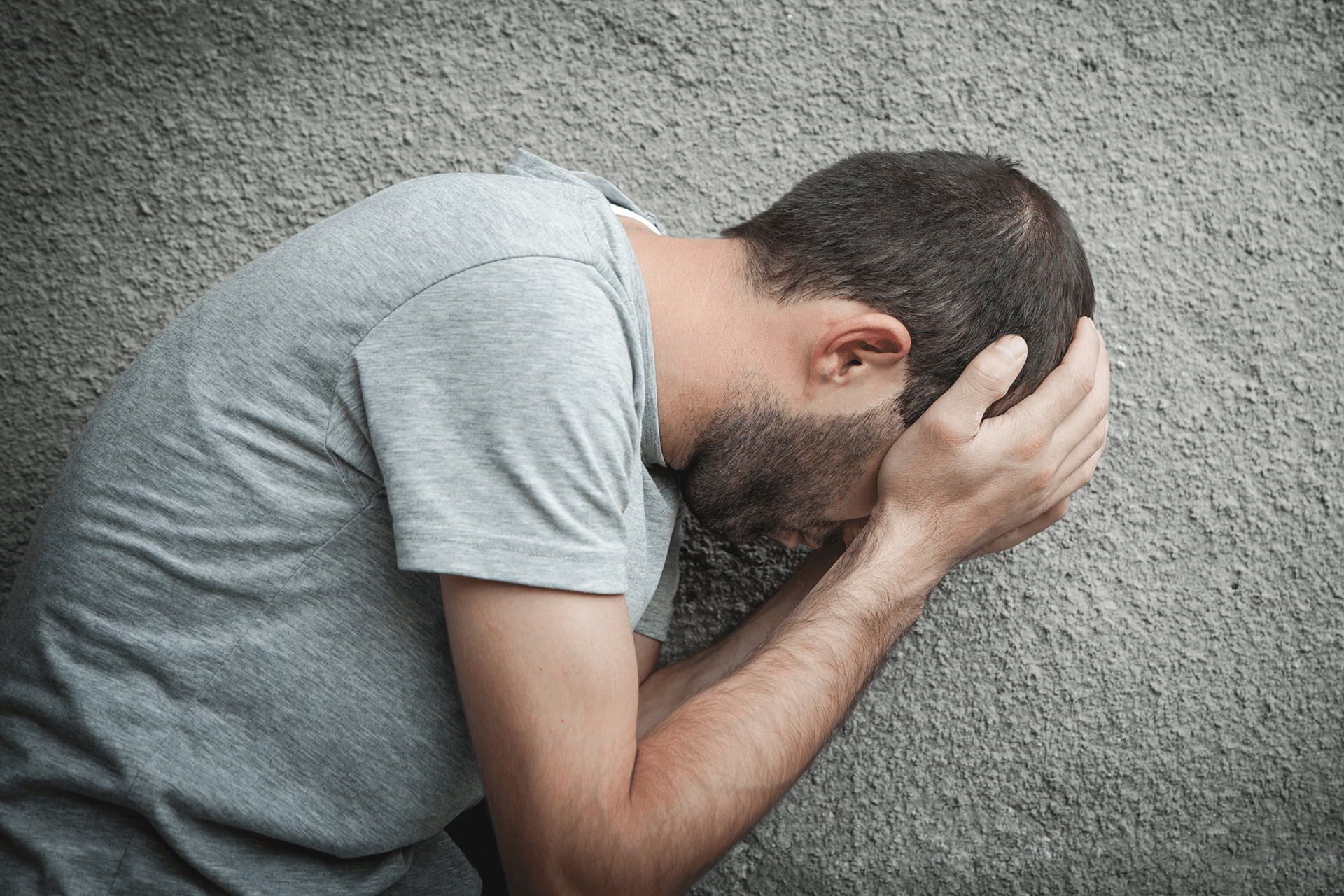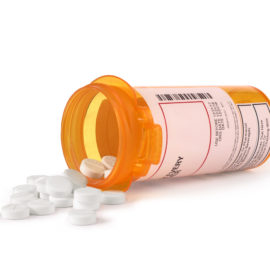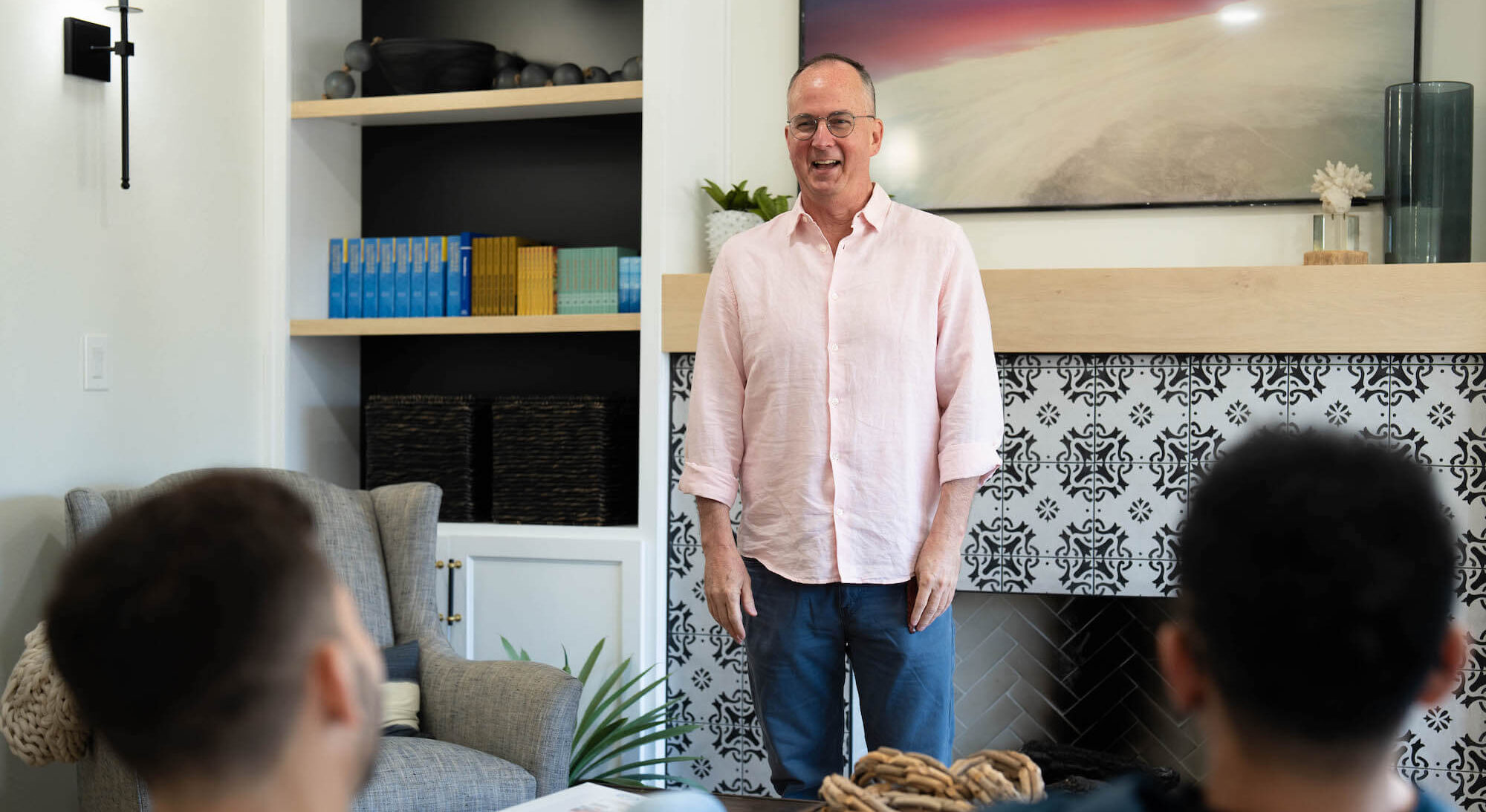What are meth sores? Facial sores (meth sores) are a visible manifestation of the abuse of methamphetamine, otherwise known as crystal meth or meth. Meth facial sores typically arise due to the compulsion to scratch and pick at the skin induced by meth use, although sores from meth may also result from the toxic effects of the drug. Healing meth sores on the skin takes weeks or months, and sores from crystal meth can leave behind lasting scars without proper attention – read on to discover how to achieve this.
Meth, categorized by the DEA as a Schedule II controlled substance for its potent and addictive stimulant properties, inflicts substantial harm on both health and appearance. In the short term, meth abuse triggers elevated breathing rates, heart rates, and blood pressure. With prolonged abuse, significant weight loss, heightened paranoia, hallucinations, and mental health issues can emerge as long-term consequences, as well as meth face sores.
What Do Meth Sores Look Like?
Methamphetamine use can lead to the development of distinctive sores on the skin, especially on the face and arms. These sores are referred to as meth sores or crank bugs. They stem from a combination of factors, including the drug’s impact on the skin, compulsive scratching and picking, and impaired wound healing due to the drug’s effects. Here is what meth sores typically look like:
- Appearance: Meth sores can vary in appearance but are often characterized by red, inflamed, and sometimes raised areas on the skin. They may resemble small, open wounds or scabs.
- Crusting and scabbing: The sores can form crusts or scabs, particularly if the individual scratches or picks at them. This can further delay the healing process and increase the risk of infection.
- Pain and discomfort: Meth mouth sores and face sores can cause pain, itching, and discomfort. The urge to scratch or pick at them can intensify the irritation and contribute to the development of more sores.
- Location: Meth sores are commonly found on the face, especially around the mouth and on the arms. These areas are more accessible and likely to be affected by scratching.
- Healing and scarring: If left untreated, meth sores on face can take weeks or even months to heal. As they heal, they may leave behind scars or hyperpigmented areas on the skin.
Meth sores face are a visible sign of deeper physical and psychological issues related to methamphetamine use. These sores may indicate a problematic pattern of behavior and potential health risks. Seeking professional help for both the addiction and the physical consequences is crucial for those caught in the cycle of methamphetamine use and its associated effects. Why does meth cause sores, then?
What Causes Meth Sores?
Meth-induced facial sores frequently arise from the compulsive skin-picking behaviors that often accompany meth use, contributing to the development of open sores that can be vulnerable to infection.
Methamphetamine is a water-soluble substance, leading people who use the drug to excrete meth toxins through their pores via sweat. Research indicates that meth can be detected in sweat as soon as two hours after use, with traces persisting for over a week after repeated doses. The presence of meth toxins in sweat can lead to skin damage and the formation of sores.

Meth Sores Treatment
Addressing meth sores involves a multifaceted approach that focuses on both wound care and the underlying causes related to methamphetamine use. Here are some key considerations for treating meth sores:
Wound care
- Cleanliness: Maintaining proper hygiene around meth sores helps prevent infection. Gently clean the affected areas with mild soap and water.
- Avoid picking: Discourage picking at the sores, as it can further aggravate the skin and delay healing. Covering the sores with sterile dressings can help prevent picking.
- Topical treatments: Applying over-the-counter antibiotic ointments can help prevent infection and promote healing. That said, consult a healthcare provider before using any products on open sores.
Professional medical care
- Infection management: If a meth sore becomes infected, seek medical attention promptly. Infections can lead to serious complications and may require antibiotics.
- Wound assessment: A healthcare provider can assess the severity of the sores, provide recommendations for care, and monitor the healing process.
- Prevention of scarring: Medical interventions, such as silicone-based scar sheets or gels, may help minimize scarring as the sores heal.
Addressing methamphetamine use
- Addiction treatment: Treating the underlying addiction is essential to break the cycle of compulsive skin-picking and methamphetamine use. Seek help from addiction specialists, therapists, or support groups.
- Professional support: A healthcare provider, therapist, or counselor can assist in developing a comprehensive plan to address methamphetamine use and its associated behaviors.
- Rehab: In severe cases of methamphetamine addiction, inpatient or outpatient rehab programs can provide structured support for individuals seeking to overcome their addiction.
Psychological support
- Behavioral therapies: CBT (cognitive behavioral therapy) and DBT (dialectical behavior therapy) can help individuals learn healthier coping mechanisms to manage the urge to pick at their skin.
- Support groups: Connecting with others who have experienced similar struggles can provide valuable support and understanding.
Meth sores treatment involves not only addressing the physical wounds but also tackling the underlying addiction and behavioral patterns. Seeking professional help will streamline effective healing, both physically and emotionally.

Get Treatment for Meth Addiction at Gratitude Lodge
Are you or a loved one looking for meth addiction treatment in Southern California? If so, we can help you kickstart your recovery at Gratitude Lodge in Long Beach and Newport Beach, CA.
While there are no medications approved to treat meth withdrawal, our supervised medical detox program provides the safest and most comfortable pathway to ongoing recovery. After a week or so of detoxification, you can move directly into a 30-day inpatient program. This offers you the most structured and supportive route to sustained recovery from meth addiction.
Engage with a personalized blend of the following therapies at our pet-friendly treatment centers:
- Psychotherapy (CBT or DBT)
- MAT (medication-assisted treatment)
- Group therapy
- Family therapy
- Individual therapy
- Holistic therapy
- Aftercare support
While meth addiction is disruptive and debilitating, recovery is possible with the right evidence-based treatment. Make that happen by calling 800-994-2184.




























